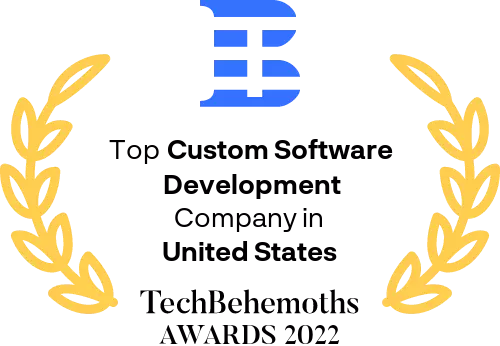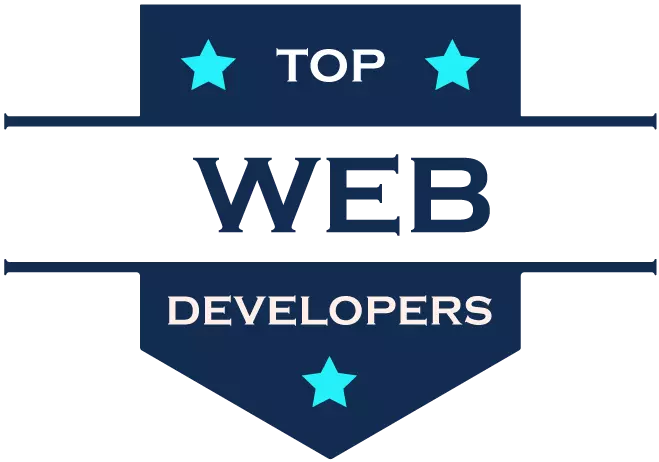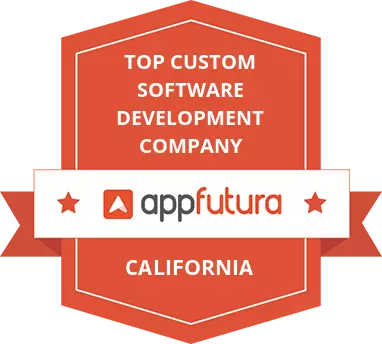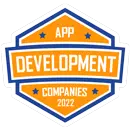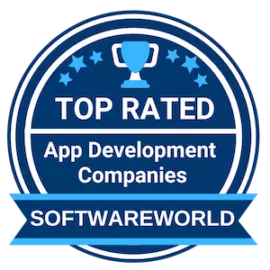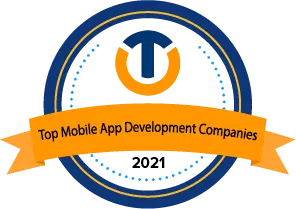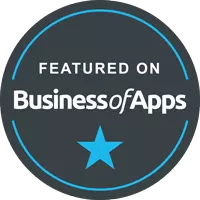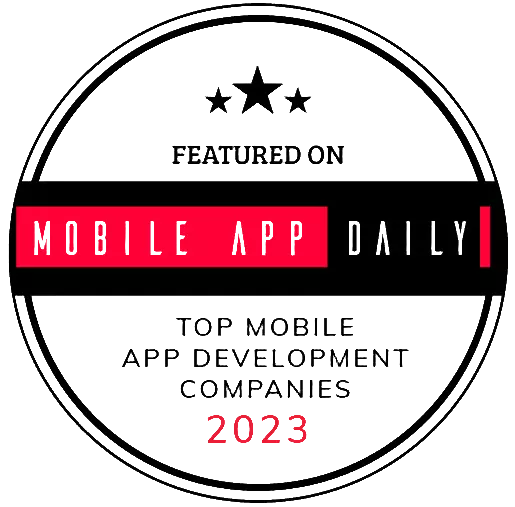Building an IoT System to Connect a Fleet of Medical Carts
Description
Brief results of the collaboration:
- The customer built an end-to-end Internet of Things (IoT) solution to connect 100 medical carts.
- Thanks to the elaborate system’s architecture, it was possible to avoid any massive changes to the firmware during migration from the Xively platform, which was about to be terminated.
- The execution of database queries did not exceed the required 3-second limit.
- Now, the medical carts’ firmware has alerting functionality to notify about any errors, low battery, system updates, etc.
The customer
Using human-centered design principles, the company builds innovative solutions for healthcare, office, educational, and governmental institutions. The customer’s portfolio includes such products as standing desks, charging systems, workstations, mobile carts, etc. Established in 1982, the organization has 200+ patents and serves such industry giants as Amazon, Haworth, GE Healthcare and Cisco Systems.
The need
The customer had a fleet of 100 medical carts connected to an IoT system based on the Xively platform. However, Xively was about to be terminated, putting proper operation of medical carts at risk.
Collaborating with Altoros, the customer wanted to migrate to a new IoT system, as well as extend the functionality of the medical carts’ firmware.
The challenges
Under the project, the team at Altoros had to address the following issues:
- Migration to a new IoT system must not cause any massive changes to the firmware.
- The time of executing database queries exceeded a 3-second limit, resulting in time-out.
- The medical carts’ firmware lacked alerting functionality.
The solution
Using the Google Cloud Platform services, developers at Altoros built an end-to-end IoT platform. To avoid any massive changes to the firmware, our engineers worked out an elaborate system architecture. With Google IoT Core, the team at Altoros connected 100 medical carts to the platform. By employing Cloud Functions, our developers established the dataflow between the carts and the delivered IoT platform. With Cloud Pub/Sub, engineers at Altoros enabled real-time messaging and data streaming.
Enabling data filtering by groups instead of reviewing all the partitions, our team ensured the execution of database queries did not exceed a 3-second limit.
Finally, developers at Altoros created an alerting system that automatically notifies about any operational errors, low battery, software updates, etc.
100
medical carts
200+
patents
3
seconds
The outcome
Partnering with Altoros, the customer built an end-to-end IoT system—connecting a fleet of 100 medical carts—avoiding massive changes to the devices’ firmware. The delivered solution now meets a 3-second limit for executing database queries. With enabled alerting, it is possible to notify users about any operational errors, low battery, the required system updates, etc.
Platform
Google Cloud Platform
Programming languages
TypeScript, HTML, CSS
Frameworks and tools
Cloud IoT Core, Google Cloud Functions, Cloud Pub/Sub, Firebase, Node.js, React
Database
BigQuery
Seeking a solution like this?
Contact us and get a quote within 24 hours



